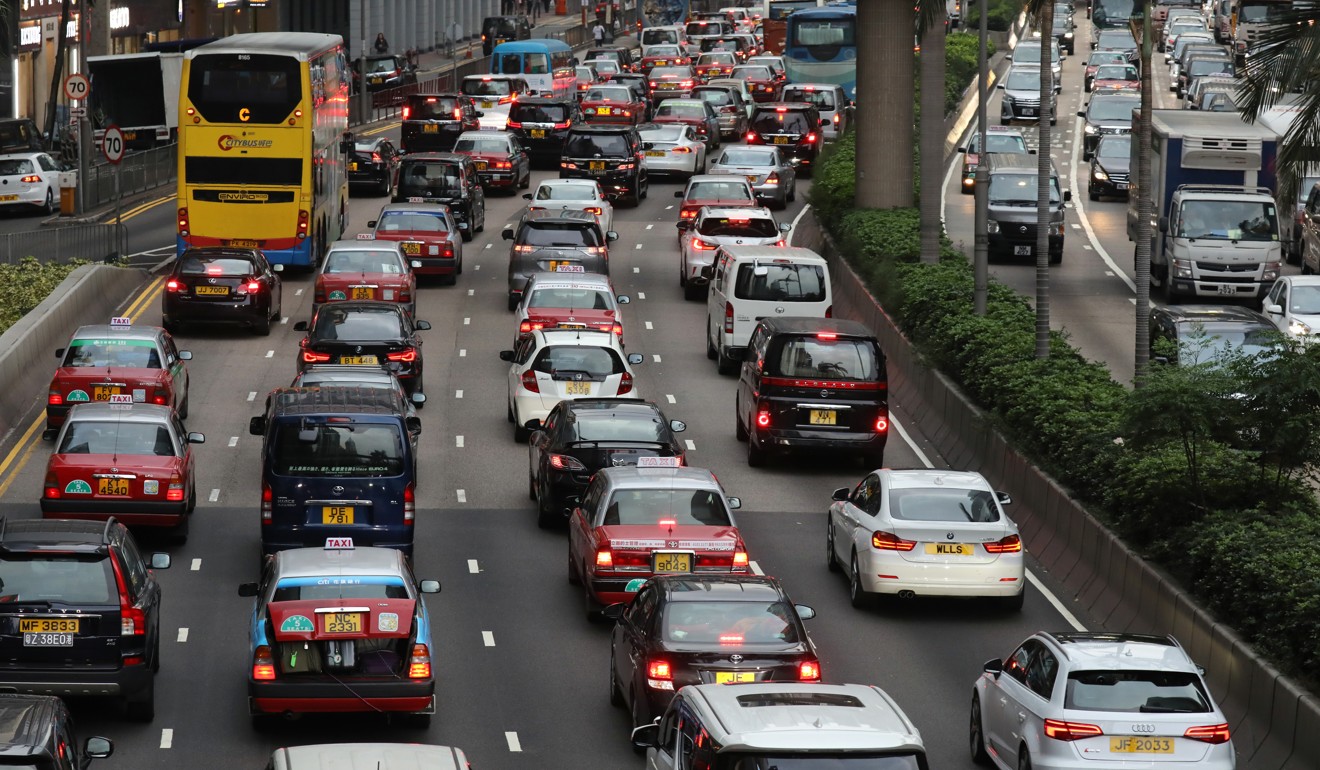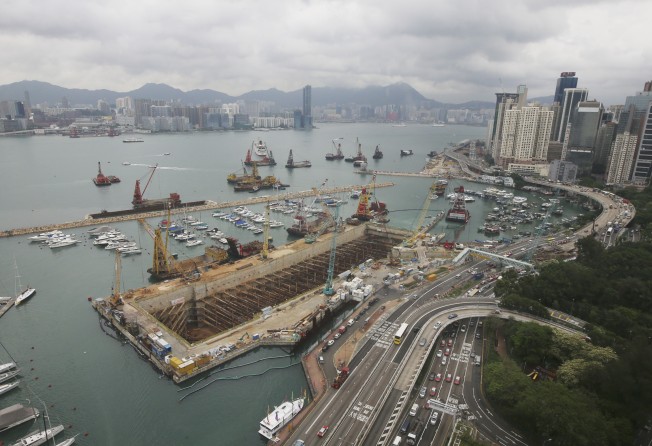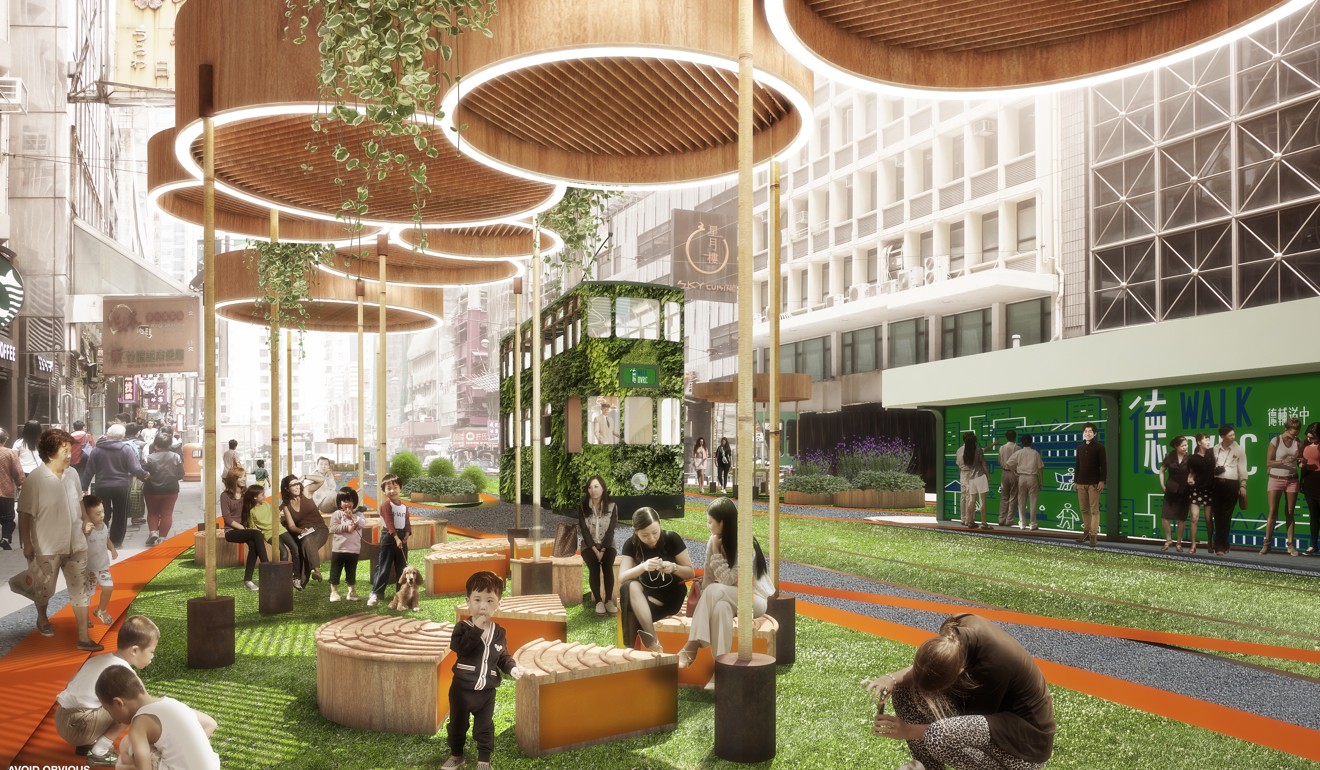
Central-Wan Chai Bypass isn’t just vital infrastructure – it offers overcrowded Hong Kong a way out
- Ian Brownlee says the Central-Wan Chai Bypass can relieve traffic at the centre of Hong Kong, creating new opportunities to make the city more livable and enjoyable

The controversial Central-Wan Chai Bypass is set to open soon – after nine years and HK$36 billion, we are finally getting the “missing link” in east-west traffic movement along the north shore of Hong Kong Island.
This is not just a major highway connection. It also creates enormous opportunities to transform traffic priorities and rethink how best to use our limited road surfaces in a packed part of the city.
The first opportunity is rationalisation of cross-harbour tunnel flows. Traffic studies over the years have shown that better use of the tunnels and changes in tolls would only be effective once the “missing link” was in place. It is great to see that Chief Executive Carrie Lam Cheng Yuet-ngor made this a top priority in her policy address and has negotiated a deal with the Western Harbour Tunnel for some equalisation of tunnel fares – if the Legislative Council agrees (and they should, considering all the benefits that would arise).
This is not just a question of tunnel charges. It is how to use limited road infrastructure efficiently and reduce other costs – such as time in congestion and the costs of air pollution. However, it is disappointing to see that the smart city initiative has not been applied to the proposed tunnel charging system. Available technology could be used for variable tolls.
Indeed, the tunnels should be seen as an opportunity for congestion charging, where different tolls can spread traffic better. Higher charges during the day could be softened by low charges at night, encouraging private car owners to avoid rush hours, and off-peak commercial deliveries, with public transport given priority at peak hours.

The second opportunity is to encourage better use of existing road space by redistributing traffic. The bypass must be used to remove through traffic from Connaught and Gloucester roads. This would create a chance to reduce traffic on local roads such as Hennessy Road and Des Voeux Road Central. The simple removal of long-haul bus routes from these inner roads out to the bypass and to the new roads on the Central and Wan Chai reclamation areas will result in more efficient and quicker bus journeys. Moving congestion out leaves space to create a much better city centre. The removal of vehicles leaves room for wider footpaths, more space for people, and for greening and tree planting.
Des Voeux Road Central is the main street through the central business district and it is crowded, heavily polluted and a very unfriendly environment. Over the past 18 years, proposals to convert this road into something matching the “Asia’s world city” brand have been rejected by the government because they would adversely affect vehicular traffic. The need to prioritise areas like this for pedestrians is becoming widely accepted in the community.
The extension of the MTR lines to Western District and Island South have drastically reduced the need for buses going through this street, but there has been no significant change. However, the bypass provides an alternative, to divert traffic from Des Voeux Road to enable the pedestrian priority scheme under development by Walk DVRC to be quickly implemented. Not all vehicles would be removed, as the trams would remain, along with some buses and service vehicles at off-peak times. But the main purpose is to create a quality space – good for people and business.

The consequential benefits of the bypass also extend to the use of the new surface roads on the Central waterfront. It will be easier to close roads at ground level for cycling and running events, and for Formula E and other road events. These roads can be closed regularly for many community activities.
Hong Kong must not fail to grasp these opportunities. It is frightening to imagine a situation where we end up with no benefits, and just more congestion – including on the new bypass.
We should appreciate the bypass because it is important infrastructure. But we must appreciate it even more for the opportunities it creates to improve the whole centre of our city.
Ian Brownlee is managing director of Masterplan Limited, a planning and development consultancy, and a member of WalkDVRC